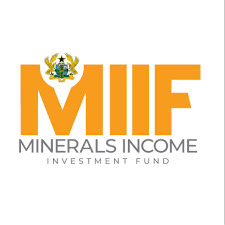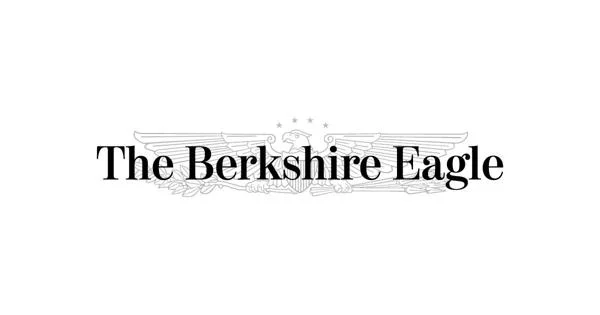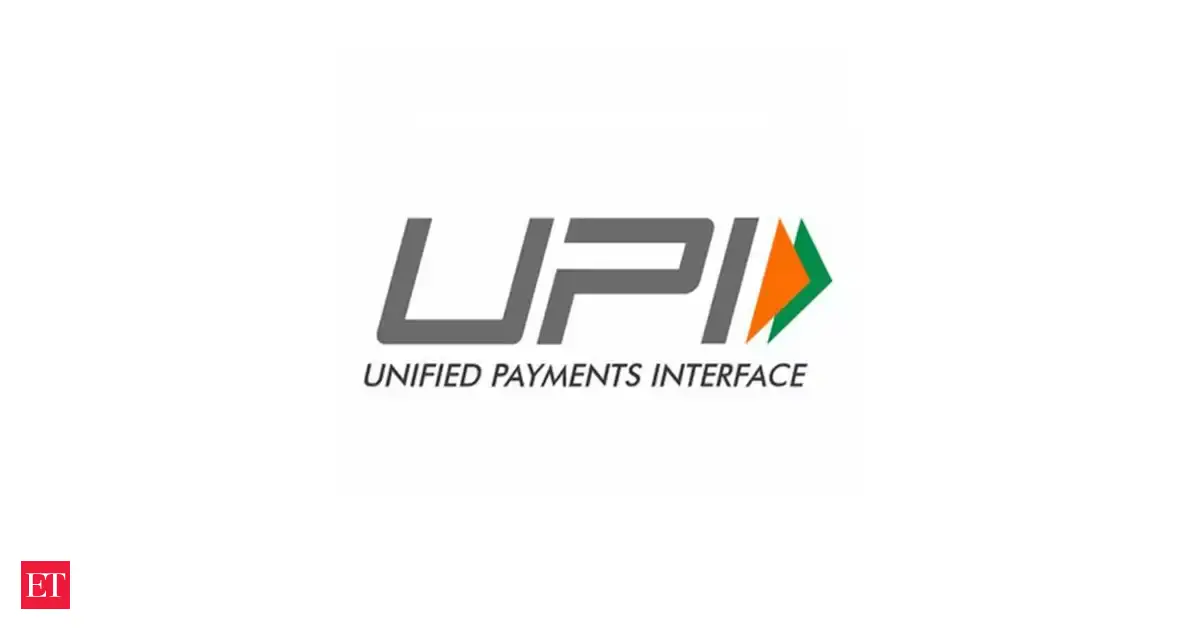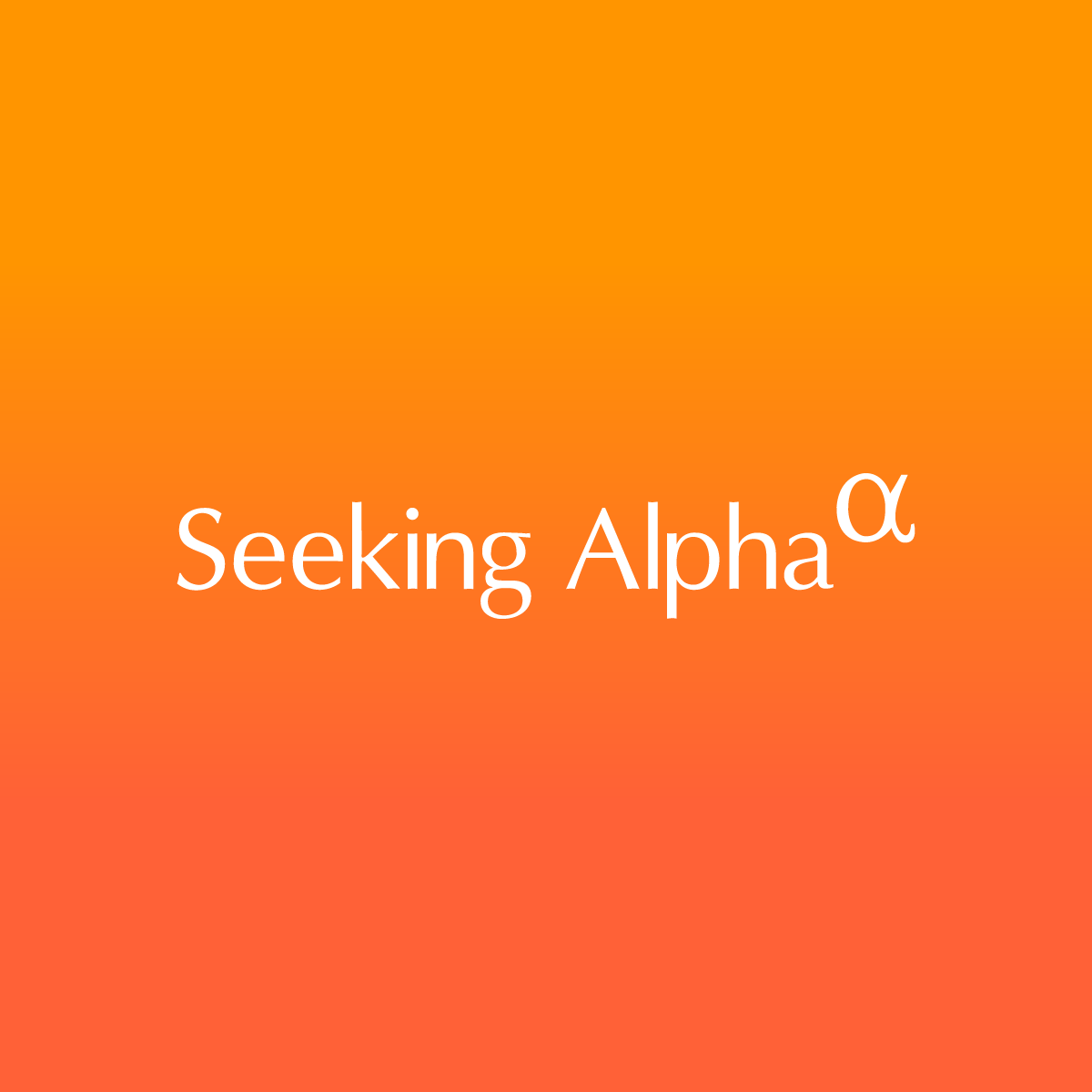By Ghana News
Copyright ghanamma

Ghana’s Minerals Income Investment Fund (MIIF) has posted the most impressive financial performance in its history, recording a profit of GH¢1.906 billion for 2024—a figure that exceeds the combined profits of all previous years since the fund became operational in 2018.
The audited financials, which have sparked considerable debate about the fund’s trajectory under new leadership, show revenue surging from GH¢402 million in 2023 to GH¢1.6 billion in 2024. That represents a 300% increase that places MIIF among Ghana’s most profitable institutions, outperforming all but two major commercial banks.
The numbers are striking. MIIF now sits third in profitability rankings behind only Ecobank Ghana (GH¢2.337 billion) and Ghana Commercial Bank (GH¢2.208 billion), surpassing established lenders like Absa (GH¢1.873 billion), Stanbic (GH¢1.776 billion), and Fidelity (GH¢1.211 billion).
For a sovereign wealth fund established by Act 978 to manage mining royalties and the government’s carried interest in mining operations, these results represent an extraordinary transformation from the fund’s modest beginnings.
However, the stellar performance comes amid significant political turbulence. Edward Nana Yaw Koranteng, who led MIIF through this transformative period beginning in 2021, saw his appointment revoked by President John Mahama in January 2025, shortly after the administration change.
The timing has created an unusual situation where MIIF’s best-ever financial results are being released just as the leadership responsible for that performance has been replaced. This has fueled intense discussion about whether the fund’s strategic direction will continue or shift under new management.
The 2024 results show MIIF holding free cash of GH¢5.6 billion, providing substantial liquidity for future investments. Assets under management crossed the $1 billion threshold, representing a tenfold increase from $125 million in 2020 to approximately $900 million by year-end 2024, with projections to reach $1.7 billion subject to completing valuations of government’s carried interests.
Much of MIIF’s revenue growth stemmed from strategic expansion of the royalty base. The fund established interagency agreements with the Ghana Revenue Authority (GRA), Economic and Organised Crime Office (EOCO), Geological Survey Authority (GSA), and Minerals Commission (MINCOM) to capture royalties from previously unmonitored minerals including medium-scale gold, limestone, sand winning, and salt.
The gold trade program proved particularly significant, attracting approximately $1.1 billion in inflows between August 2023 and December 2024 from exporting 470,056.61 ounces of gold. This supported both the Gold for Forex and Gold for Oil programs, with MIIF providing $706 million to support fuel import payments and stabilize the cedi.
While the program reportedly suffered forex losses affecting about 7.5% of the portfolio, MIIF’s financials show it still generated approximately GH¢36 million profit on the trade operations overall.
Strategic equity investments formed another pillar of the fund’s strategy. MIIF invested $40 million in Asante Gold Corporation between 2021 and 2022, gaining significant stakes in producing mines including Chirano (formerly owned by Kinross of Canada) and Bibiani. This increased Ghanaian ownership to approximately 40%, marking the highest local equity in a large-scale international gold mine since the divestiture programs of the 1980s.
The Atlantic Lithium investment positioned MIIF as the third-largest shareholder globally in the company developing Ghana’s first lithium mine at Ewoyaa in the Central Region. The arrangement negotiated in 2023 increased Ghana’s carried interest from 10% to 13%, royalties from 5% to 10%, and mandated Atlantic Lithium’s listing on the Ghana Stock Exchange (GSE). Koranteng himself was appointed to Atlantic Lithium’s board in May 2024 as an independent non-executive director.
Upon parliamentary ratification of the mining lease—which remains pending—Ghana’s stake in Ewoyaa would reach 19%. The deal also secured a 1% community development fund, requirements for lithium processing domestically, and strong local content provisions.
MIIF’s investment in the Ada Songhor industrial salt project through Electrochem Ghana aims to create Africa’s largest industrial salt operation, surpassing Namibia’s Walvis Bay facility. The project has reportedly employed over 1,200 people and restarted exports, with potential to ship 1 million metric tonnes annually to Nigeria alone.
Salt, with approximately 14,000 industrial applications, represents significant value-addition opportunities. Electrochem’s mandate to list on the GSE would create another avenue for Ghanaian equity participation in minerals development.
The fund also established programs targeting small-scale mining formalization, women in mining scholarships, and development of Ghana’s first gold-backed Exchange Traded Fund (ETF) planned for GSE listing in 2025.
Whether these initiatives continue under new leadership remains unclear. The change in administration typically brings policy reviews, particularly for high-profile entities like MIIF that sit at the intersection of natural resource management and political economy.
Critics of the previous leadership might argue the rapid expansion created risks or deviated from the fund’s core mandate. Supporters point to the audited financial results as evidence of successful stewardship that increased Ghanaian ownership in mining assets while generating substantial returns.
The comparison to major banks, while striking, merits context. Banks face different regulatory capital requirements, operational costs, and business models than a sovereign wealth fund investing government royalties. MIIF’s profitability reflects both shrewd investment decisions and the structural advantages of managing government revenues with relatively low overhead.
What’s undeniable is that MIIF transformed dramatically between 2021 and 2024. The fund went from relative obscurity to becoming a significant player in Ghana’s mining sector, engaging in trade operations, making strategic equity investments, and expanding revenue collection mechanisms.
The challenge for new leadership will be determining which elements of this strategy to continue, modify, or discontinue. The $1 billion in assets under management represents substantial capital that could be deployed in various ways depending on strategic priorities.
Some investments, like Atlantic Lithium and Electrochem, require parliamentary approval or ongoing management attention. Others, like the gold trade program, involve operational complexity and market risks that require specialized expertise to manage effectively.
The equity growth from GH¢149 million to GH¢3.39 billion—an 1,128% increase—demonstrates the fund’s capacity for value creation when managed actively. Whether that growth trajectory continues depends largely on investment decisions made in 2025 and beyond.
For Ghana’s mining sector, MIIF’s evolution represents both opportunity and uncertainty. The fund has positioned itself as an anchor for Ghanaian equity participation in mining, potentially changing the ownership dynamics that have characterized the sector since liberalization.
But achieving that vision requires sustained strategic focus, political support, and operational excellence. Leadership transitions often bring momentum disruptions, even when performance metrics look strong.
As Honourable Isaac Adongo reportedly remarked to Koranteng during a 2022 presentation to Parliament’s Finance Committee: “MIIF is a colossus and a sleeping giant which must be supported to grow.” The question now is whether the new administration will support that growth trajectory or chart a different course entirely.



